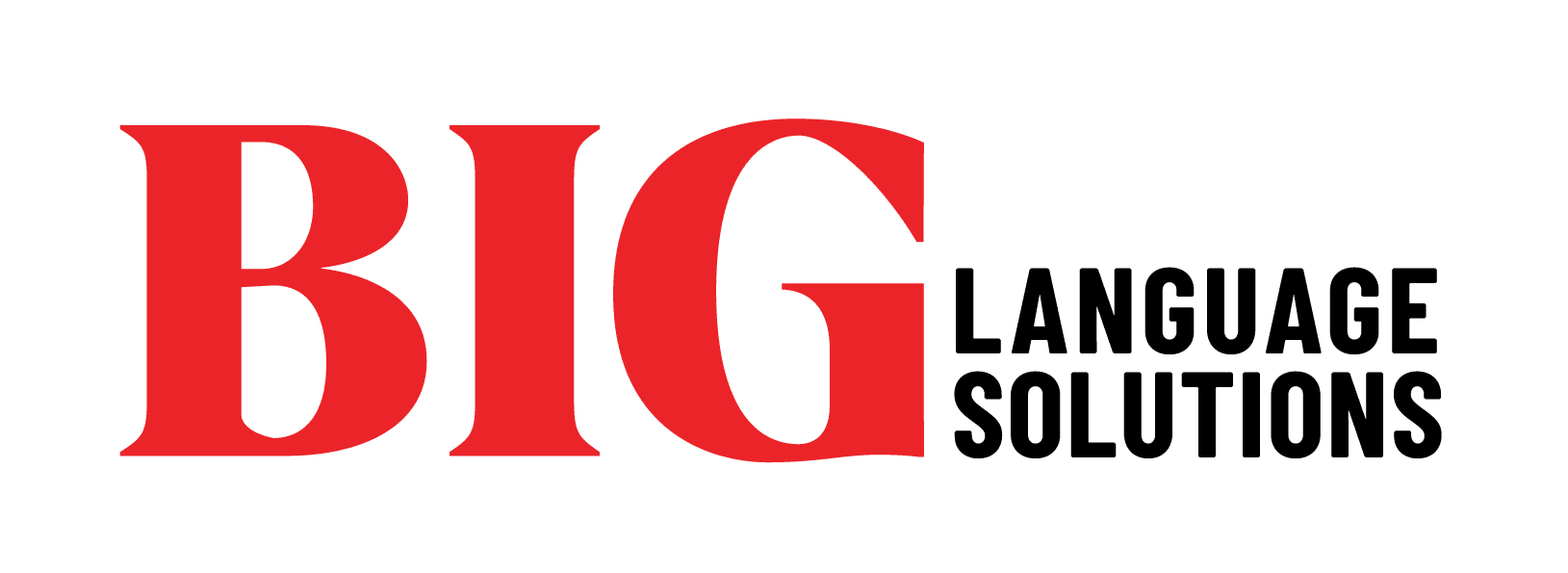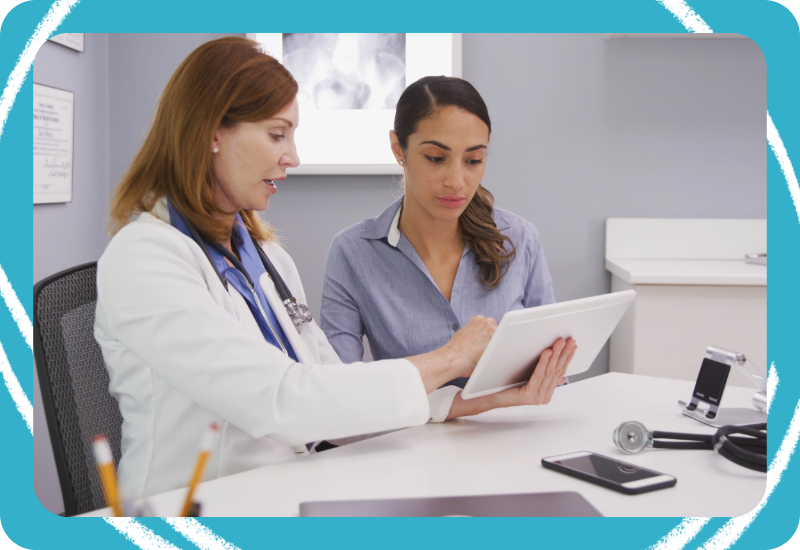America’s population is changing—and so are the languages we speak. In fact, according to a recent study from the Brookings Institute, Hispanics and other non-English-speaking groups will make up nearly half of the U.S. population by the year 2030. Take a walk through spaces in your local community, and you’re increasingly likely to hear fast-growing languages like Spanish, Vietnamese, Arabic, Tagalog, and other languages of lesser diffusion—and that means you’re increasingly likely to encounter them in clinical practice.
This shift means it’s time for community health programs to take a closer look at your language access plan. Offering language access is one thing; making sure you have a language access plan that’s ready to meet the needs of increasingly multilingual communities is another.
Here are four practical ways to prepare your program for what’s ahead.
Understand how your community is changing
Knowing which languages are spoken in your community is the first step to building a stronger language access program. You may already be familiar with the list that the Centers for Medicaid and Medicare Services maintains of the top languages for each state. This is a great place to start, but it doesn’t tell the whole story. Communities vary in terms of languages spoken and the number of speakers, and local trends can shift faster than national data reflects.
Dig deeper by exploring census data like the American Community Survey, and reports from local organizations like schools, cultural centers, and nonprofits. These sources can help you identify not just the most common languages, but also emerging ones—and even specific dialects.
With this knowledge, you can pinpoint the languages your program should prioritize today and anticipate what you’ll need to support tomorrow.
Create a language access plan (or level up your current plan)
A mature, well-developed language access plan prepares your organization to meet the linguistic and cultural needs of your community, without struggling with ad-hoc solutions or last-minute fixes.
Start by evaluating where your current program stands: what’s working well, and where might patients still face barriers? Walk through every touchpoint where language services are needed —scheduling appointments, explaining treatment options, getting consent, sharing discharge instructions. Missing even one touchpoint can leave patients confused or, worse, at risk. For example, imagine a patient leaving without understanding when to take their medication or a parent unclear about follow-up care for their child.
Next, determine exactly what it will take to fill in those gaps. Would using phone and video interpreters make it easier to connect patients quickly with qualified interpreters? Which materials—like health education pamphlets or intake forms—should be translated, and into which languages?
From there, identify your resources and budget. Who will provide the services? How will your team access them quickly when a patient needs support? Also, staff training is critical here. Everyone on your team should know how to request language support, work effectively with interpreters, and communicate with patients with cultural sensitivity.
Finally, remember that an effective plan isn’t set in stone. Review it regularly. Are interpreter response times fast enough? Are patients following care plans and showing up for follow-ups? The real measure of success is this: every patient—no matter the language they speak—leaves feeling confident about their care, connected to your team, and ready to take the next steps for their health.
For more guidance, download our free ebook that goes over everything you need to turn your current language access plan into a mature plan that works for your organization and your community.
Use Technology to Improve Interpretation and Translation
Technology can make it simpler to connect with patients in their preferred language—when it’s used thoughtfully. Free public tools like Google Translate might seem convenient, but they can lead to serious misunderstandings that put patients at risk. The right solutions, on the other hand, make communication clearer, faster, and more reliable at every step of care.
-
- Call center technology: Smart routing and multilingual voice systems help patients navigate phone menus with ease. They connect callers to qualified healthcare interpreters quickly, reducing frustration for everyone.
-
- Video remote interpreting (VRI): Sometimes a voice isn’t enough. Real-time video interpretation provides immediate access to interpreters while preserving visual cues—like facial expressions and body language–or supporting patients that require ASL. That can make all the difference in sensitive or complex conversations.
-
- Cloud-based platforms and portals: Centralized hubs that keep language services organized. Staff can schedule interpreters, manage translation requests, and monitor usage without extra hassle.
-
- Machine translation with post-editing (MTPE): Speed matters, especially for written materials like discharge instructions or consent forms. Specially trained machine translation engines provide fast results with improved accuracy for medical terminology, while human editors review to make sure the translation is clear and accurate.
The right technology helps you deliver care with greater clarity, understanding, and trust—so patients feel supported every step of the way.
Work with an experienced Language Services Partner (LSP)
A trusted language services partner (LSP) brings the tools and expertise you need to better serve your patients and your community. They can take the weight off your team and help you prepare for a multilingual future with:
-
- Immediate access to qualified, specialized interpreters and professional translators in a wide variety of languages
-
- Building strong workflows and incorporating the latest language access technology into your program
-
- Expert advice to help you design a program that reflects your organization’s needs and your community’s priorities
-
- Quality assurance standards and processes that promote accuracy and ethics
-
- Data and reporting to help you prove compliance and refine your program over time.
That’s where BIG Language Solutions comes in.
How BIG Language Solutions can help you with language access for increasingly diverse populations
We offer easy access to highly trained interpreters through our over-the-phone interpretation (OPI) and video remote interpretation (VRI) services. Whether it’s Spanish, Somali, or Burmese, our interpretation services connect you to professional, healthcare-trained interpreters in 300+ languages—fast. With an average OPI connection time of just 20 seconds, you’ll never be left scrambling.
For written materials, our document translation services deliver everything from intake forms to discharge instructions, with solutions designed to fit your timeline, budget, and quality requirements. We use Machine Translation (MT) where volumes and content types make it feasible.
BIG Language Solutions also makes managing language access simple. Our interpretation platform, InterpVault™, keeps everything organized, provides secure reporting, lets you track usage, spot trends, and monitor progress. And it’s all intuitive and easy to learn—you can be up and running within 24 hours.
With BIG, you get the right mix of people, processes, and technology to confidently meet the needs of every patient—today and in the future.
Communication that builds healthier communities
Language diversity and number of speakers are growing fast, and community health programs need the right tools to keep pace. With a well-developed language access plan, your team can spend less time scrambling for interpreters or managing last-minute translation needs, and more time focusing on your patients.
When connecting to an interpreter takes seconds and translated materials are ready when you need them, your team can work with confidence and patients can leave with a better understanding of their care and the knowledge to improve their health.
At BIG Language Solutions, we’re here to help you provide that level of care. With fast, reliable interpreters, accurate translations, and tools that simplify language access, we help you support every patient who walks through your doors.
Get in touch today to see how BIG can take the pressure off and help your team focus on what they do best: caring for your community.





